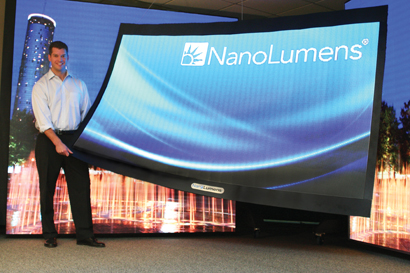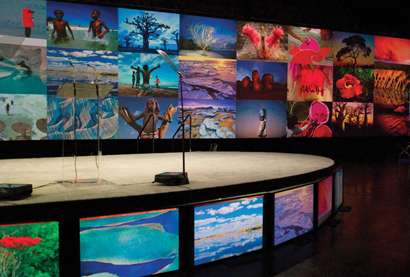PlaybackPro Plus
Good Fixtures for Pixel-Mapping
So you’ve decided to incorporate a bit of pixel mapping into your show (either that or you’ve bought a media server and just want to know how to use that extra feature tucked away in the advanced menu). Instantly you will ask yourself, “What kind of lighting fixture would be good to use?” And that’s when it starts — the quest to find an LED fixture that lets you map video to each and every pixel on its front panel. How easy is that? Well, let’s take a look.
Keeping It Flexible
Harnessing the Power of the Patch
How Do Seasons Change in Vegas?
Mr. Eckerman, in the Conservatory, with the Console
In the man-made city of Las Vegas — where the sun rises and sets with SMPTE timecode at Caesars, and landscapes look like stage sets — you can count on experiencing the real change of seasons in one place: The Bellagio Conservatory and Botanical Gardens.True Colors
What’s your favorite color? This is a question I ask my 3-year-old occasionally. He answers with “green” most times. Then he asks me back the same question. “That would be Lee 119,” comes the reply. That’s because I’ve had the various numbers of gel colors brainwashed into my head. All good lighting guys memorize these numbers over time, and if you don’t know what Lee 119 means, you may be new to lighting.
Roger Daltrey/Tommy
Lighting Co
PRG
Venue
Various (Tour)
Evanescence
Lighting Co
Epic Production Technologies
Venue
Various (Tour)
Luke Bryan/Tailgates and Tanlines Tour
Lighting Co
Elite Multimedia Productions
Venue
Various (Tour)
The Tech Awards Gala
Lighting/AV Co
McCune AV/Lighting
Venue
Santa Clara Convention Center
Santa Clara, CA
Youth Specialties
Lighting Co
Legacy Sound Productions
Venue
Town & Country Convention Center
San Diego CA








